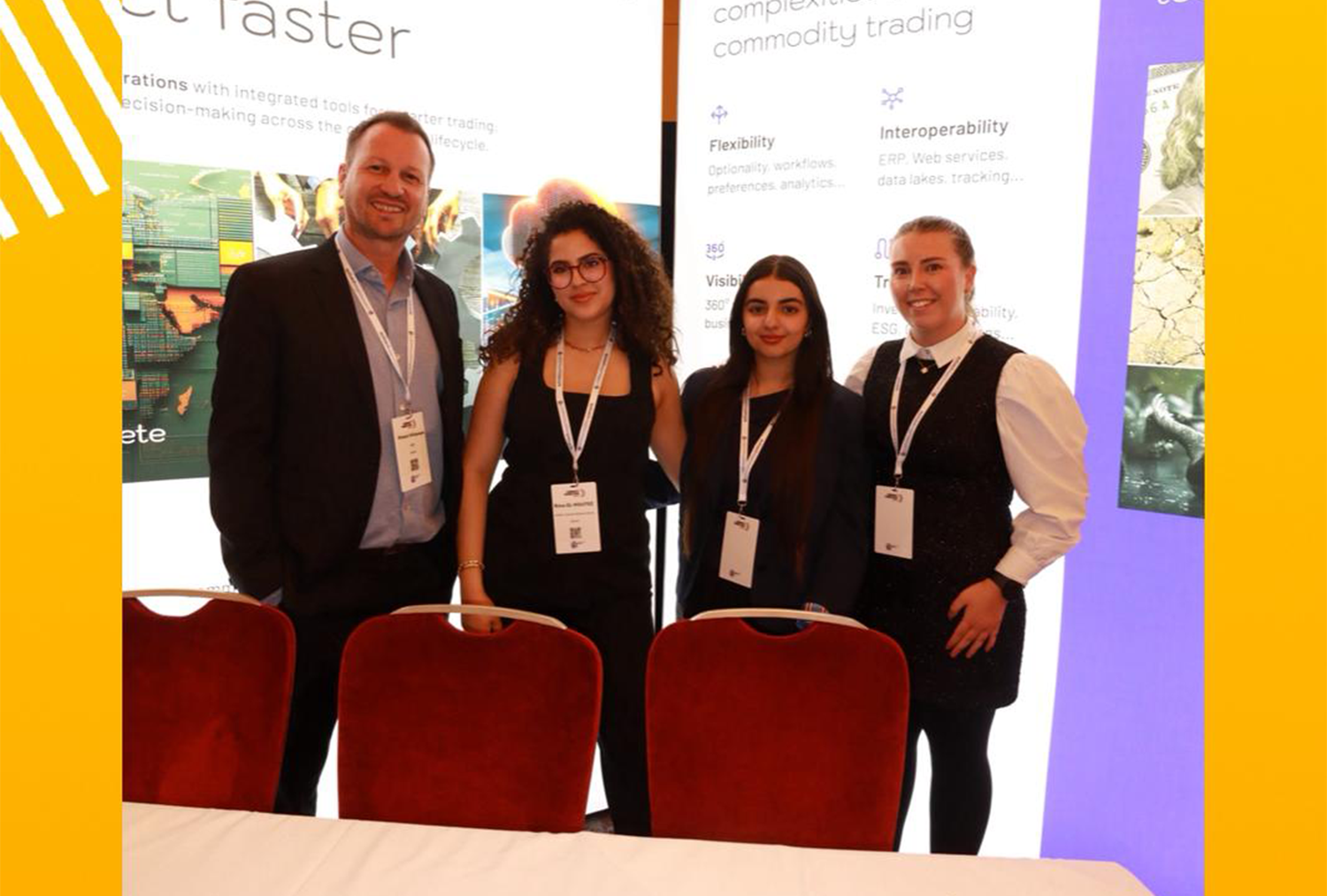The fact that metals traders and the wider commodities industry have faced years of shrinking margins and are likely to face years more is likely no surprise to many of us. Declining margins are widely discussed at industry events and in the media, and a report last year from consultants Oliver Wyman estimated that margins could likely decline by at least another 15 percent over the next five years.
What did come as a shock to the industry and was not accounted for in this estimated margin decline was Covid-19; a true black swan event with a huge death toll that has changed the shape of everyday life across the globe. Many countries remain in the grip of the pandemic, but are beginning to plot a slow course towards, not life as it was before, but instead, a new normal.
What the new normal will mean for metals and concentrates traders is still unknown, and likely to remain so in the months to come. One PwC survey predicts challenges including a potential global recession, changing downstream demand, cash-flow liquidity challenges and supply chain slowdowns causing cash bottlenecks, not to mention the impact on the workforce.
These challenges exacerbate the issues that the industry was already facing and mean that as well as the pre-existing need to explore opportunities for profitability, traders of refined metals and concentrates need to maintain tighter controls on risk and liquidity, and need to ensure their ways of working protect their staff.
Where CTRM fits in
Whilst traditional CTRMs historically made it easier for organisations to report on actions that had been taken and their associated risk, they did not make the day-to-day practices of trading any faster.
The advantage of older CTRM systems lies in capturing information rather than in aiding the processes and decisions that power commodity trading businesses. These systems are often installed on-premise, meaning that software needs to be installed on a machine for the CTRM to be used, and access may be restricted to physical locations such as offices.
Whilst traditional CTRMs fulfilled an important function, commodity management technology has evolved rapidly, meaning that an older CTRM no longer represents an advantage, and can even create greater challenges for businesses who need to work around their technology’s limitations. In a low-margin environment, very few organisations can justify the luxury of a technology that is not demonstrably improving the way things are done.
The advantages of cloud commodity management
Commodity management technology carries out the functions of a traditional CTRM faster and does a lot more besides. Commodity management technology like Gen10’s automates many of the time-consuming processes in commodity trading, such as creating contracts and shipping documents. It also automatically calculates pricing based on all assays, FX, interest charges and composite curves.
Pricing combines with logistics automation to drive significant time savings, recalculating prices following inspections or contract changes based on the live information. And automation accelerates a range of other processes, from creating contract documents to adding task deadlines to calendars. Not only does commodity management technology speed up processes, it provides complete position visibility and shows exactly what actions are outstanding for every contract, meaning there is less risk of key actions being overlooked.
And the advanced risk management features of commodity management technology enable pre-trade checks to progress faster but also more securely. Your team can check individual counterparties against your own risk KPIs, including assessing their available credit. They can also see at a glance any overdue payments and payment timeliness to make an informed decision about their potential impact on your cash flow.
These risk management controls update in real-time as different system users complete their tasks, and integrate with finance and accounting software to provide complete data visibility to all who need it. Risk management becomes almost an added bonus as the risk features empower traders to understand whether contracts will not meet financial approval and allow for all departments to make faster, more informed decisions.
Another major advantage of cloud commodity management is that it can be accessed quickly and easily from anywhere with an Internet connection, without the need to install any software. Because cloud-native technology is designed to be used remotely and is often delivered through large-scale enterprise infrastructure, there is less risk of data being lost and usually more resources invested in cyber security than would be the case with an on-premise solution; all more important than ever if employees are working remotely.
Explore more benefits of cloud technology
Successful metals traders have been finding ways to improve performance in other areas to offset shrinking margins for many years. The Covid-19 crisis has compounded many of the challenges that traders were already facing, meaning that faster operations and safer, better decision-making are essential if metals traders are to remain competitive. If your technology is not supporting these objectives, it’s time to discuss how it can be improved, augmented or replaced to give your business the best competitive advantage.



